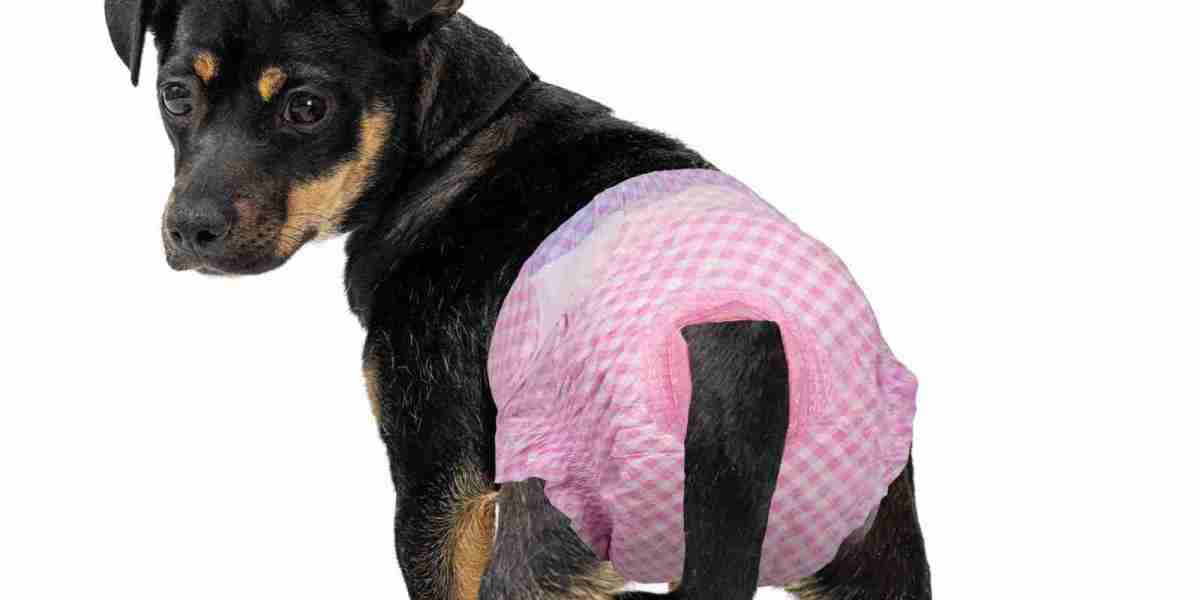The Pet Diaper Market has seen steady growth over the years, driven by increasing pet adoption rates and heightened awareness about pet hygiene. However, like any expanding industry, the market faces several challenges and restraints that could potentially hinder its growth. From high production costs to the lack of awareness in certain regions, these factors play a pivotal role in limiting the widespread adoption of pet diapers. In this article, we explore some of the primary restraints influencing the pet diaper market and their possible long-term impact.
High Cost of Production
One of the primary factors restraining the growth of the Pet Diaper Market is the high cost of production. Manufacturing pet diapers involves using materials that are both absorbent and comfortable, such as soft fabrics, absorbent gels, and high-quality adhesives. These materials are expensive, and the processes involved in their production can add significantly to the cost. As a result, pet diapers may be priced higher than other pet care products, which can limit their affordability for many pet owners. This, in turn, slows down market growth, especially in price-sensitive regions.
Limited Awareness in Emerging Markets
In certain regions, particularly in emerging markets, pet diaper usage remains relatively low due to a lack of awareness. Many pet owners are still unfamiliar with the benefits of using diapers for their pets, especially in areas where pets are primarily kept outdoors or in less urbanized settings. Additionally, cultural differences in pet care practices can contribute to this gap in awareness. Without widespread educational efforts and marketing campaigns, the adoption of pet diapers in these markets may remain slow, thus constraining the overall market potential.
Environmental Concerns
Another significant restraint on the Pet Diaper Market is growing concern over environmental sustainability. Pet diapers, like their human counterparts, are typically disposable and made from non-biodegradable materials. This has raised environmental concerns, as pet owners and environmental activists push for more eco-friendly alternatives. Although some manufacturers have responded by offering biodegradable options, the cost and availability of these products remain a challenge. Furthermore, the disposal of large quantities of pet diapers can contribute to environmental waste, leading to further scrutiny of the product's ecological footprint.
Lack of Standardization in Product Quality
The Pet Diaper Market also faces issues related to the lack of standardization in product quality. While some brands offer high-quality, highly absorbent diapers, others may provide products that do not perform as effectively, leading to dissatisfaction among customers. The inconsistency in quality can tarnish the reputation of the pet diaper industry as a whole, causing potential customers to hesitate before purchasing these products. Establishing industry standards for product quality would help mitigate this issue and promote greater trust in pet diapers.
Competition from Alternatives
Finally, the presence of alternatives such as training pads, washable pet diapers, and other hygiene products also places pressure on the Pet Diaper Market. Many pet owners opt for reusable training pads or washable diapers, which may be more cost-effective in the long term. While disposable pet diapers remain popular due to their convenience, the growing preference for sustainable, reusable options could restrict the growth of the disposable diaper segment. This shift in consumer behavior could potentially slow down the overall market growth for pet diapers, especially in the face of eco-conscious trends.
Conclusion
In summary, while the Pet Diaper Market continues to grow and evolve, it faces a number of challenges and restraints. High production costs, limited awareness in emerging markets, environmental concerns, lack of product standardization, and competition from alternatives all contribute to slowing the expansion of the market. Addressing these issues through innovation, education, and the development of eco-friendly solutions will be critical to overcoming these challenges and unlocking the full potential of the pet diaper industry.



